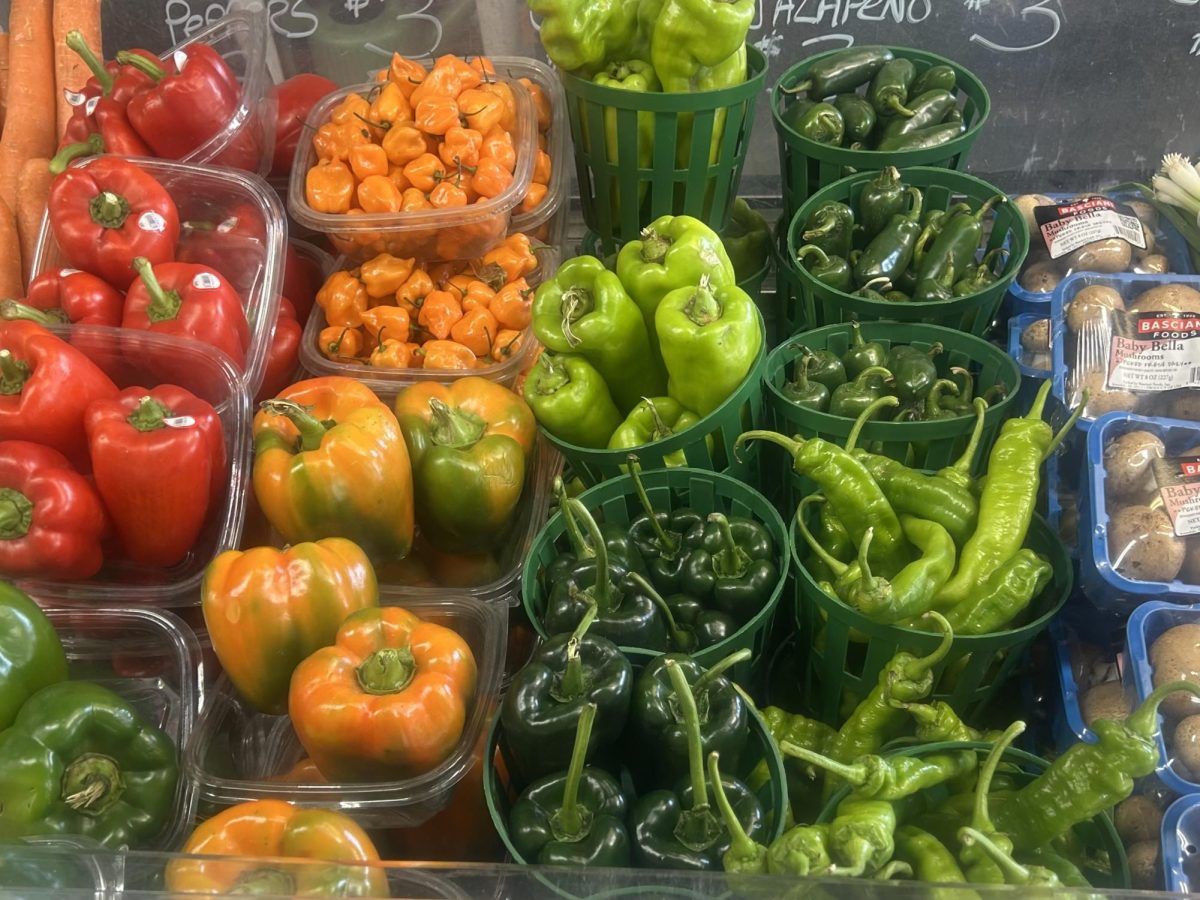The history of gingerbread
“And I had but one penny in the world, thou should’st have it to buy gingerbread.” – William Shakespeare
December 21, 2022
Everyone knows the smell of cinnamon and nutmeg, and the iconic people-shaped cookies producing it, are inherently linked with the holidays; but why?
Gingerbread has roots in Greece and ancient Egypt, where it was used for ceremonial purposes, and was brought to Europe in the 11th century, when crusaders brought spices, including ginger, from the Middle East. Aristocrat’s cooks experimented with the spices, and created the modern version of gingerbread, (the crunchier, more cookie-like treat). In the early days of European gingerbread, it was used to create stories or religious symbols, like the cross.
Gingerbread people are credited to Queen Elizabeth I, who instructed chefs to make cookies in the likeness of visiting dignitaries. Gingerbread houses were supposedly brought to popularity by the fairytale ‘Hansel and Gretel’, featuring a lifesized house made of bread which was changed into gingerbread in a later version, written by The Brothers Grimm. The tale inspired many German people to bake their own houses, and Germans kept the tradition alive when immigrating to America.
The reason we associate gingerbread with Christmas is because of Queen Victoria, who adorned her Christmas tree with gingerbread confectioneries, the practice of which was soon emulated by the general public, as by this point, spices like ginger and nutmeg were available and affordable to non-royalty as well.
Nowadays, gingerbread cookies and houses are ever-present during the holiday season, with competitions for the best decorated or best-made gingerbread structures having gained popularity. People take these competitions seriously, with some developing special recipes for gingerbread cookies that stay the same shape in the oven.
The journey that produced the gingerbread we know today is indicative of the ways that cultures share and exchange practices, and how those practices develop differently in different locations. We have crusaders, the aristocracy, and German immigrants to thank for the confections we enjoy during the holidays, confections that are enjoyed in numerous ways all over the world.
So without further ado, here is the Gillnetter’s pick for a gingerbread cookie recipe, adapted from the NYT Cooking.
Ingredients
1 Cup Light Brown Sugar
1 Cup Light Molasses
1 Cup Vegetable Shortening
1 Teaspoon Baking Soda
1 Egg
1/4 Teaspoon Salt
2 Teaspoons Baking Powder
1 Tablespoon Ground Ginger
1/2 Teaspoon Ground Cinnamon
1/2 Teaspoon Ground Cloves
4 Cups All Purpose Flour
Instructions
- Combine brown sugar, molasses, and shortening in a saucepan. Stir until melted, then mix in baking soda and 1/4 cup cold water.
- Add egg, salt, and spices. Add flour gradually, until combing.
- Cover the dough and chill for at least 2 hours.
- Bake for 10 minutes at 350.































